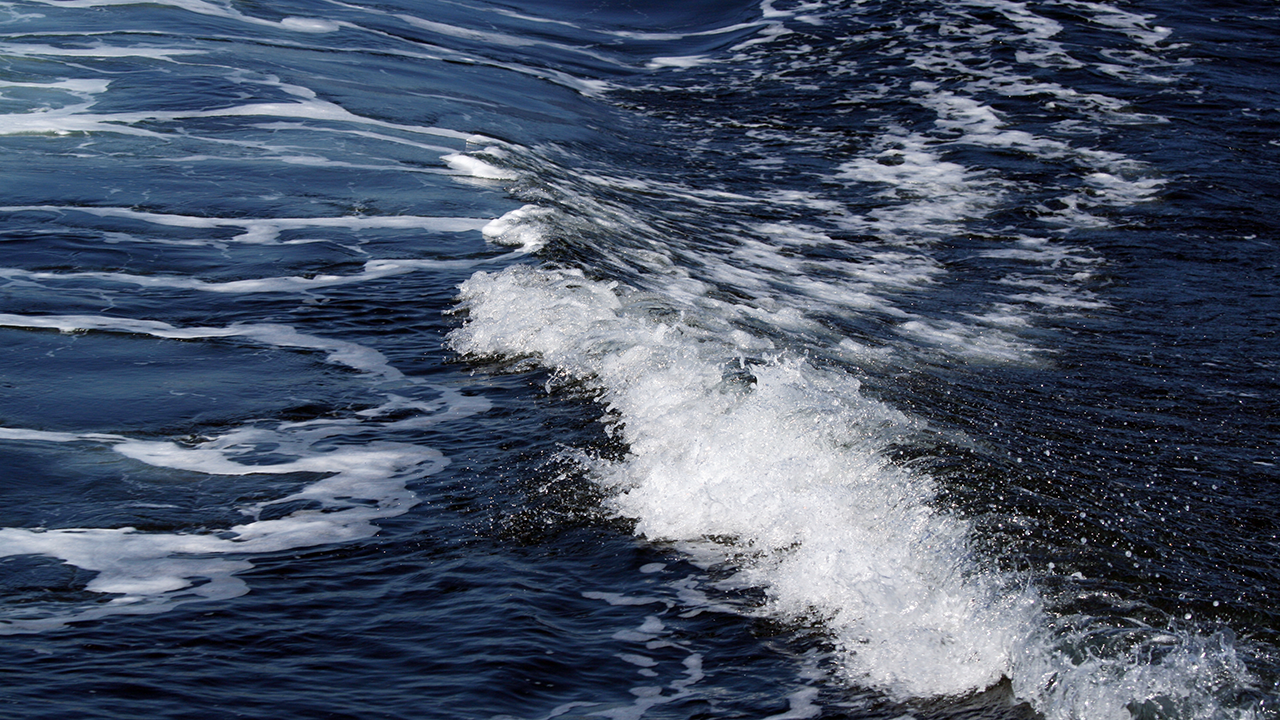
From the role invasive mussels play in water quality to monitoring chemical contaminants in the Great Lakes, many University of Minnesota research efforts are exploring how we can best ensure the water supply remains safe and sustainable well into the future.
A recently launched online platform aims to help researchers from across the University system connect their expertise and form new collaborations around water-related research. The UMN Water Network provides a central place for graduate students, post-doctoral fellows, faculty, and staff to access communication tools, virtual gatherings, working groups, and recently published research. The all-virtual format was inspired in part by the requirement for many in the University community to work from home in response to the COVID-19 pandemic.
The new network was created by the Water Council, a group founded by the Office of the Vice President for Research to bring together systemwide resources to address the pressing concern of access to clean water for the 21st century.
While lots of scholarship into the subject of water takes place at the University, it is also widely distributed. At least 12 departments or centers house 10 or more water researchers, and nearly 200 water-related courses are taught. The idea for the Water Network emerged as a way to help people see across department and college lines, said Bob Sterner, PhD, director of the Large Lakes Observatory at the University of Minnesota Duluth and a professor of biology in the Swenson College of Science and Engineering.
“The Water Council wondered if the creation of a new virtual community would help us address long-standing problems caused by water scholarship being located in dozens of units, all across the state,” Sterner said. “So, over a process that lasted about six months, we worked with experts in digital scholarship, creative collaboration, University databases, and other groups to build something new.”
With help from the University Libraries and the Digital Arts, Sciences, and Humanities program, the Water Council set up the network’s site and configured online tools to fit its needs. Among the networks features are Water Circles, virtual working groups that welcome members from across the University system and beyond to focus on one or more specific water topics or objectives. These groups have a working timeline of six months to two years and are led by a member of the UMN Water Network. For those seeking a more informal setting to meet others and have open discussions, there are also Water Coolers, a set of weekly virtual gatherings.
Among the other features of the Water Network platform are a forum, links to seminars about water, and a list of recent scholarly publications gathered from Experts @ Minnesota.
Sterner said he is encouraged to see the flood of early interest from the University research community. More than 140 people have already joined the network, representing at least three UMN campuses. Those signing up, he said, indicated they hope to build more collaborations and learn more about what’s going on across the University.
“How can Universities support scholarship that cuts across administrative lines?” Sterner said. “Can we use lessons learned during COVID-19 about effective virtual interactions to do things we weren’t doing so well before? Those are questions we’re seeking to answer with our new UMN Water Network.”
The Water Council invites anyone at the University interested in teaching, research, or outreach pertaining to water to join the UMN Water Network.